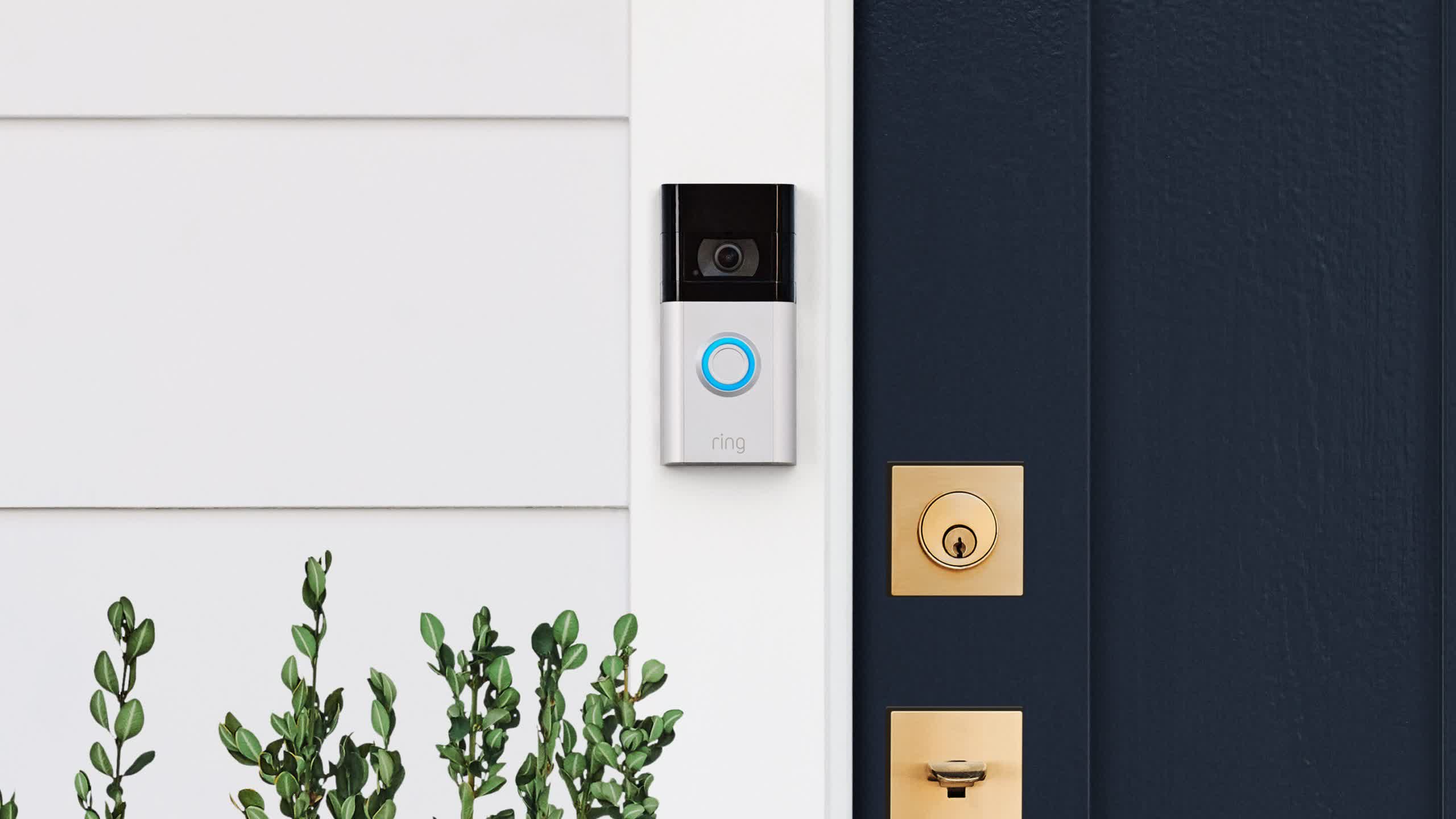In a nutshell: Those not fond of Amazon sharing their Ring footage with police have a new end-to-end encryption feature they can enable. While on, Ring cannot see video feeds or footage, so law enforcement must present legal demands directly to users to obtain video from their devices.
On Tuesday, end-to-end encryption for Ring security cameras left a limited technical preview it began in January. Now nobody but the authorized user can view video from the cameras, not even Ring. Right now, only US users have access to the feature, but the system is rolling out globally starting today.

End-to-end encryption also means that law enforcement cannot view footage without the cooperation of the Ring customer. Ring raised eyebrows in 2019 when it came out that it was aiding law enforcement by providing them video footage without a warrant. Ring quickly clarified that it did require LEOs to provide Ring with "a valid and binding legal demand."
It's worth mentioning that police use obtained footage legitimately to help arrest and prosecute criminals caught in the act. So, sharing footage is not inherently bad. However, some users would still rather not have video shared without their knowledge of the matter.
A package is stolen from a home in Peoria and a Ring security camera catches the thief in action. After a whirlwind of events, the man who stole the package returns it after being identified on the video. – Full story at 5 p.m. tonight. pic.twitter.com/AToZPfk7wq
--- Heart of Illinois ABC (@HOIABC_News) September 25, 2019
Earlier this year, it was revealed that Ring had partnerships to share user footage with more than 2,000 police and fire departments in all but two states. The Neighbors Portal, as it is called, is an opt-in program, so presumably, those who use the Neighbor Portal cannot enable end-to-end encryption simultaneously. With encryption enabled, law enforcement will have to present legal subpoenas or search warrants to customers directly rather than going through Ring.
End-to-end encryption works with various of Ring's devices, including serval models of Video Doorbells, Spotlight Cams, Stick Up Cams, Indoor Cams, and Floodlight Cams. A complete list of compatible models, along with instructions, is posted to the Ring website.
